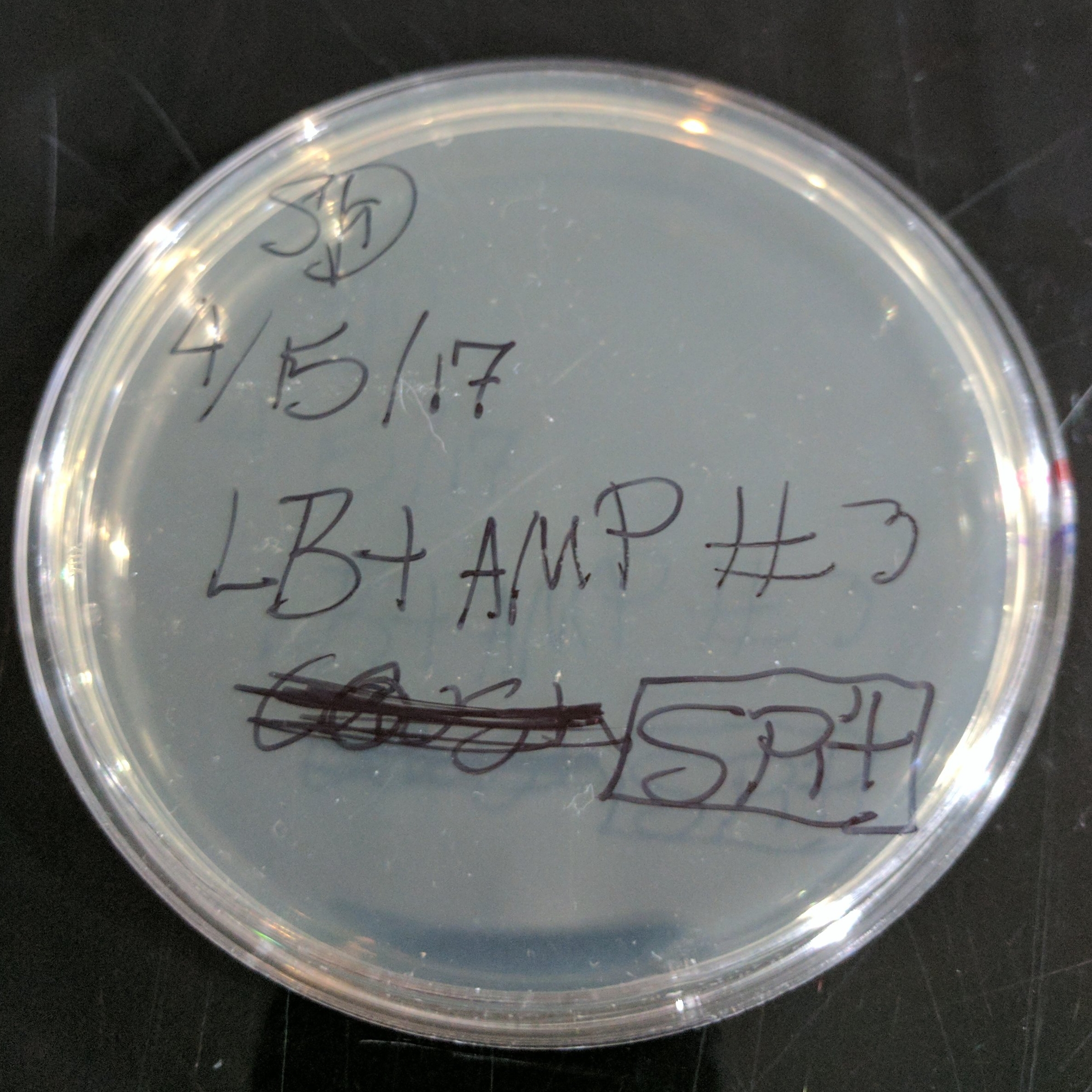GiveBIG is a one-day online fundraiser geared towards investing in the future of Greater Seattle. Join the thousands who will be giving on May 10 and support science and its potential to improve our world by making a gift to SoundBio as part of GiveBIG Seattle. Every tax-deductible gift will be matched dollar-for-dollar, up to $10,000!
Support Soundbio Lab as part of GiveBIG!
SoundBio is a 501(c)(3) nonprofit dedicated to promoting science education, providing access to biotechnology, and fostering self-learning in order to promote science understanding and inspire the next generation of scientists.
We are a community of amateur and professional science enthusiasts who are devoted to making hands-on science accessible to people of all ages, backgrounds, and experience levels.
Why donations are needed
SoundBio relies on our partnerships, volunteers, and lab guests to sustain our operations, and we rely on donations via efforts like GiveBIG to support the expansion and advancement of our mission and vision. SoundBio offers:
Access to our member-run, community lab space in Seattle’s University District
Workshops and classes, including a Lab Skills 101 three-course series
Hosting to the iTesla-SoundBio iGEM Team, a group of students from several Seattle high schools who are working to eliminate harmful environmental contaminants using synthetic biology
Hands-on learning activities at Seattle-area elementary and middle school science nights
Exploration of salmon origins and the current environmental state of Pacific Northwest species via the Citizen Salmon project
- The Bionic Leaf Bioreactor project to address global climate change
How your GiveBIG donation helps
Your gift will support SoundBio's continued efforts to:
Provide workshop materials to hundreds of students in the Seattle area
Increase STEM outreach efforts to after-school programs, schools, and other educational institutions
Expand our curriculum development, including the creation of DIY science kits for families and schools
Provide essential lab equipment and reagents for the iTesla-SoundBio iGEM Team, such as a -80℃ freezer
Subsidize hands-on workshops and classes at the SoundBio Lab
Provide lab safety equipment and consumables including gloves, tubes, reagents, and pipettes
All gifts will be matched dollar-for-dollar up to $10,000, so your donation will have twice the impact. Please help support science education by making a contribution to SoundBio Lab as part of GiveBIG Seattle.









































































































